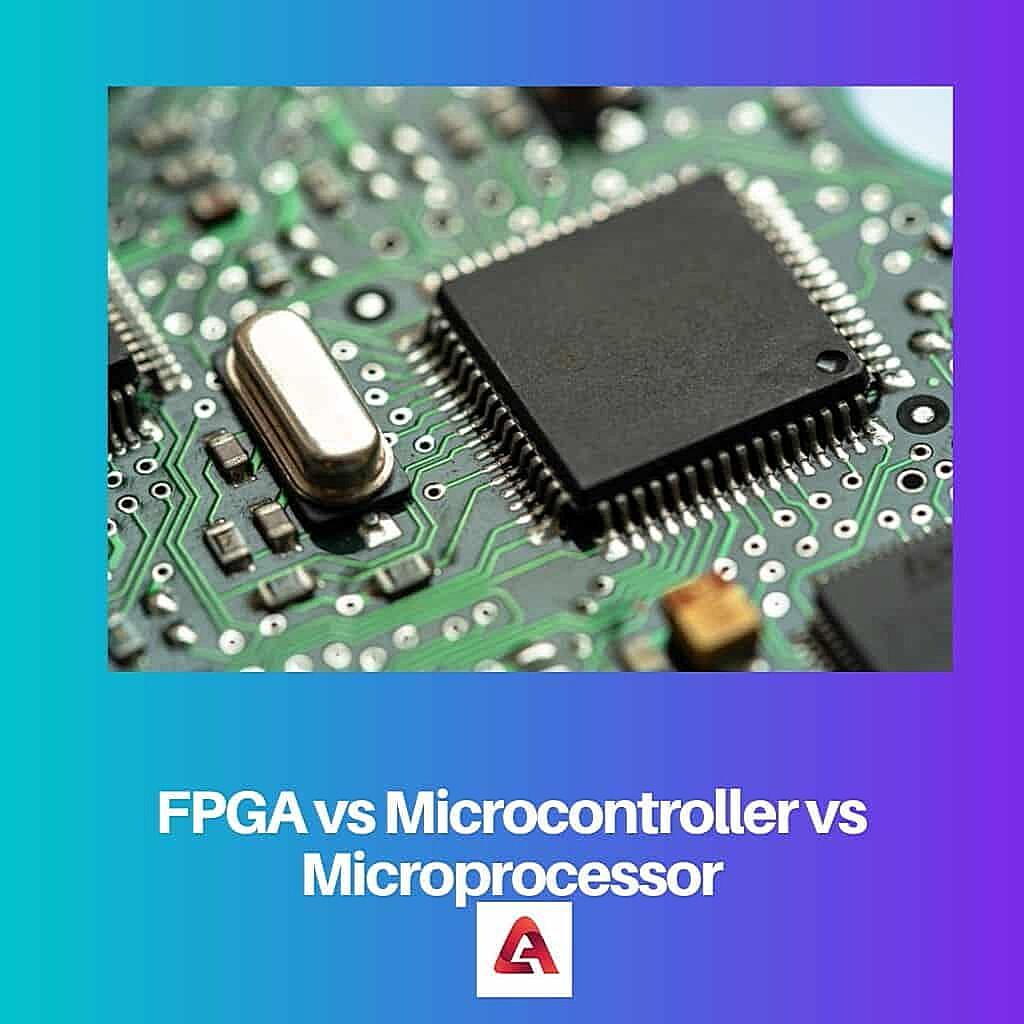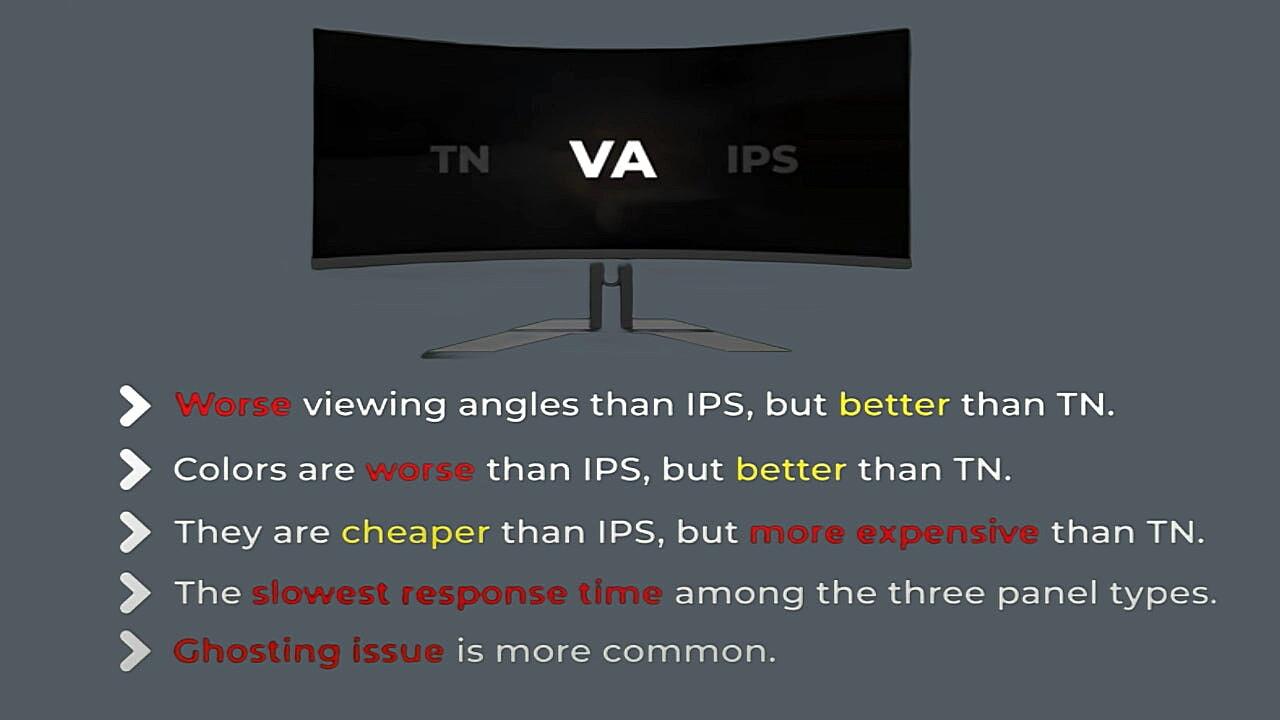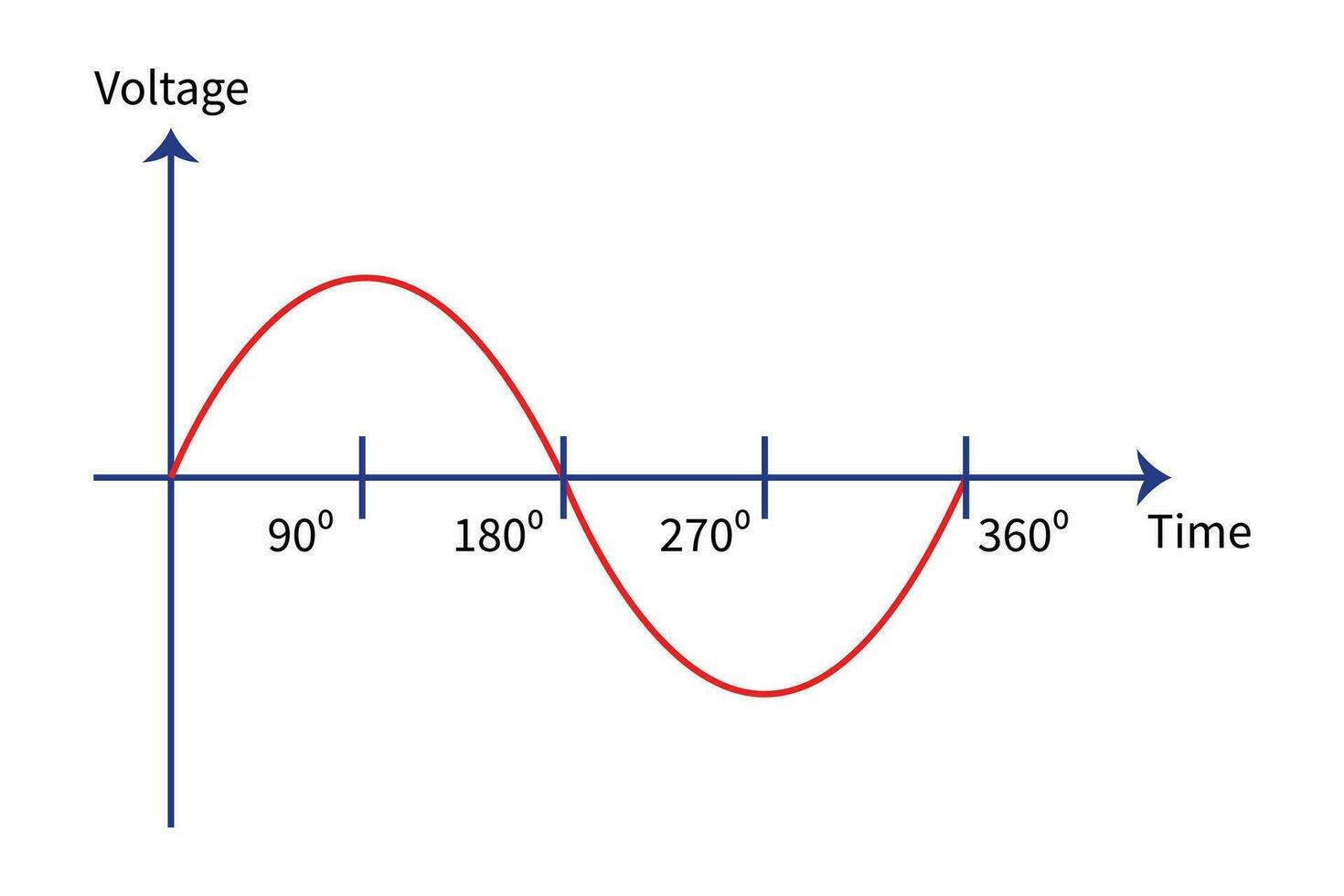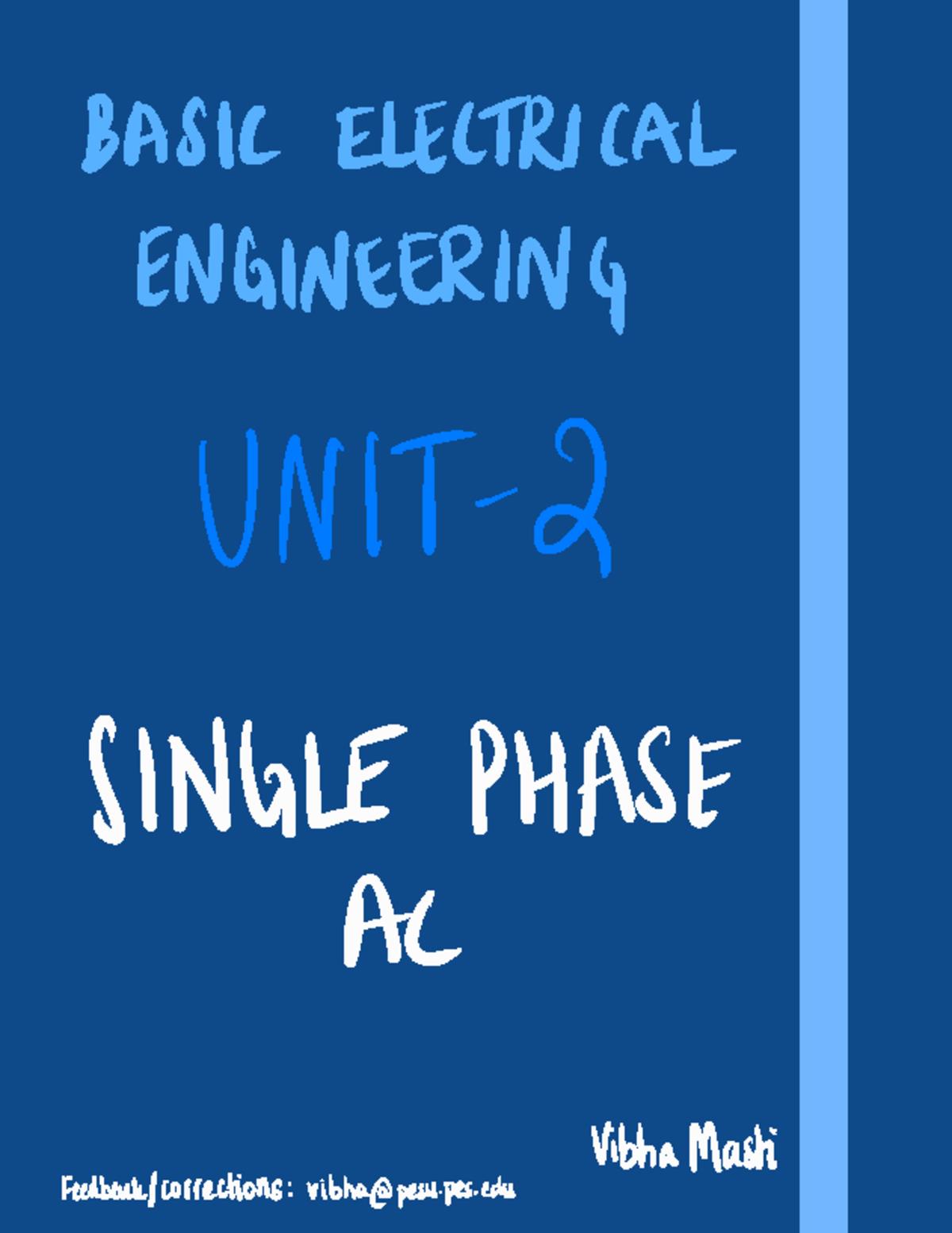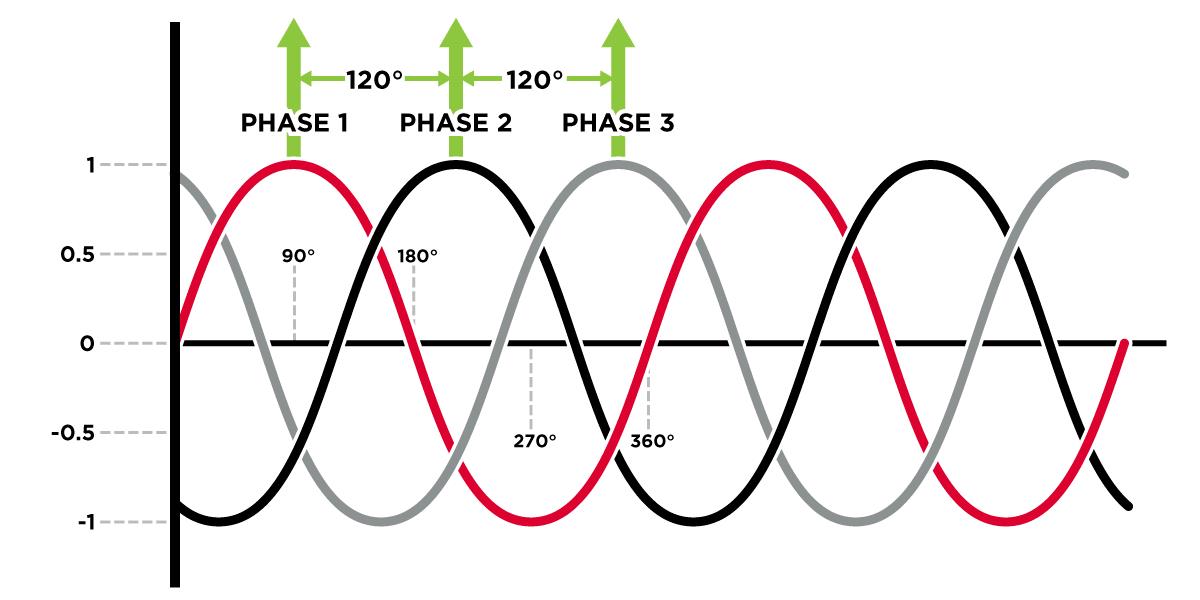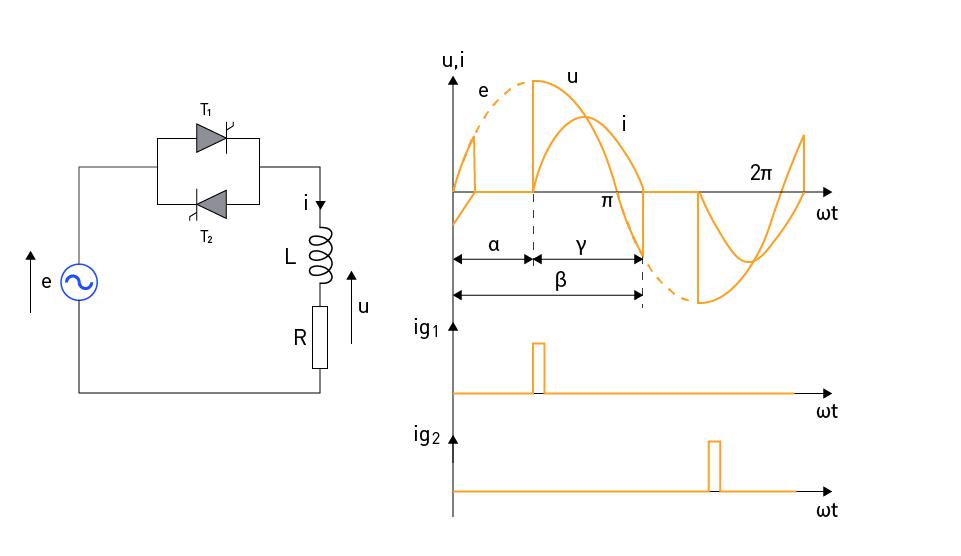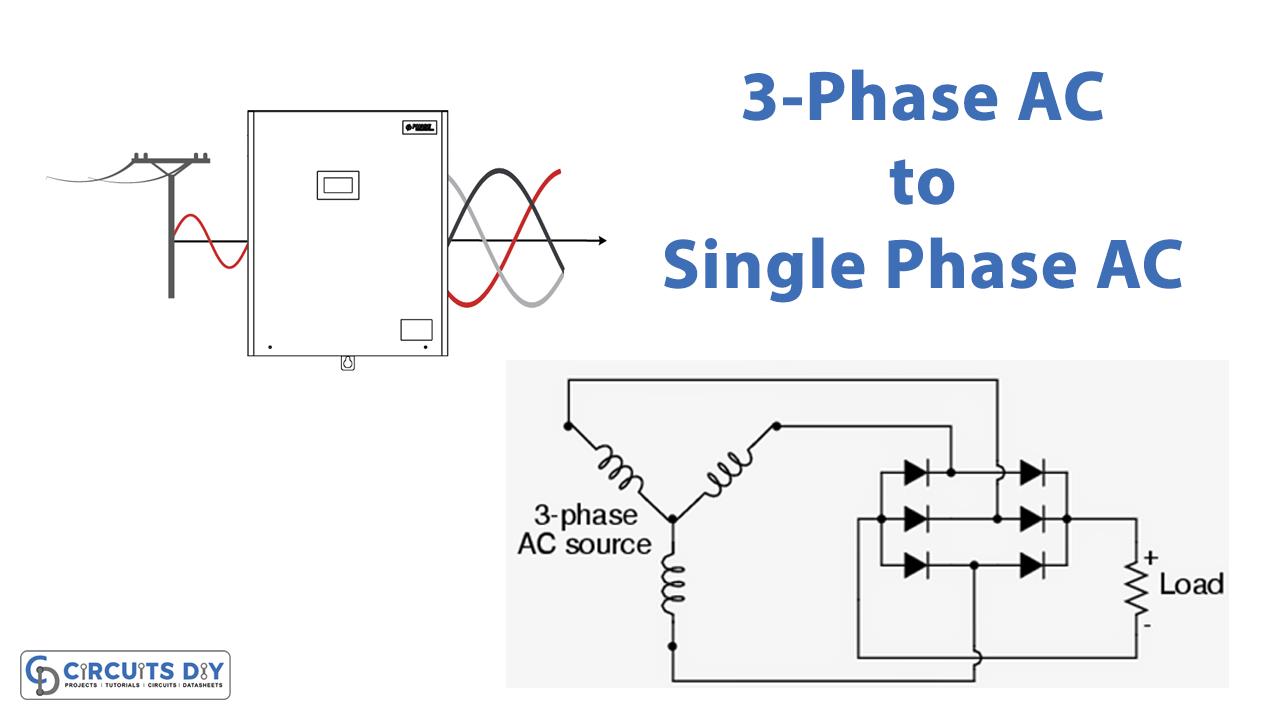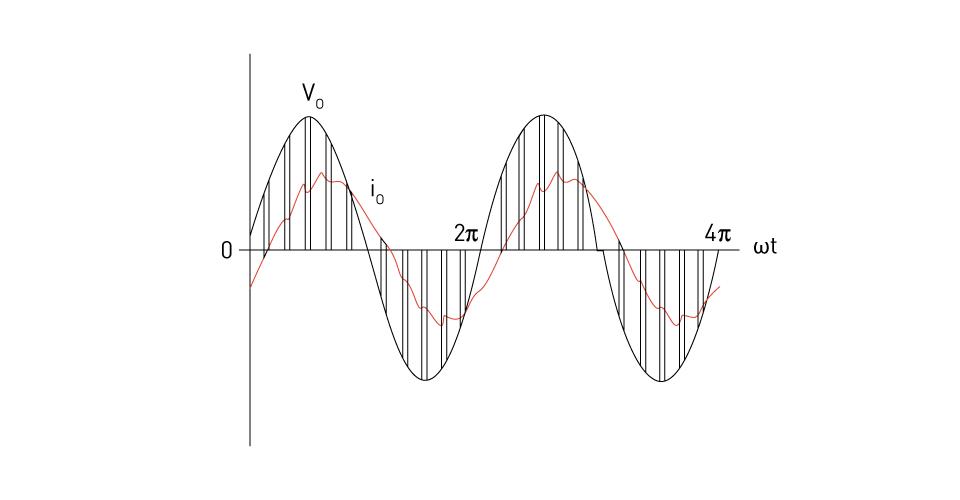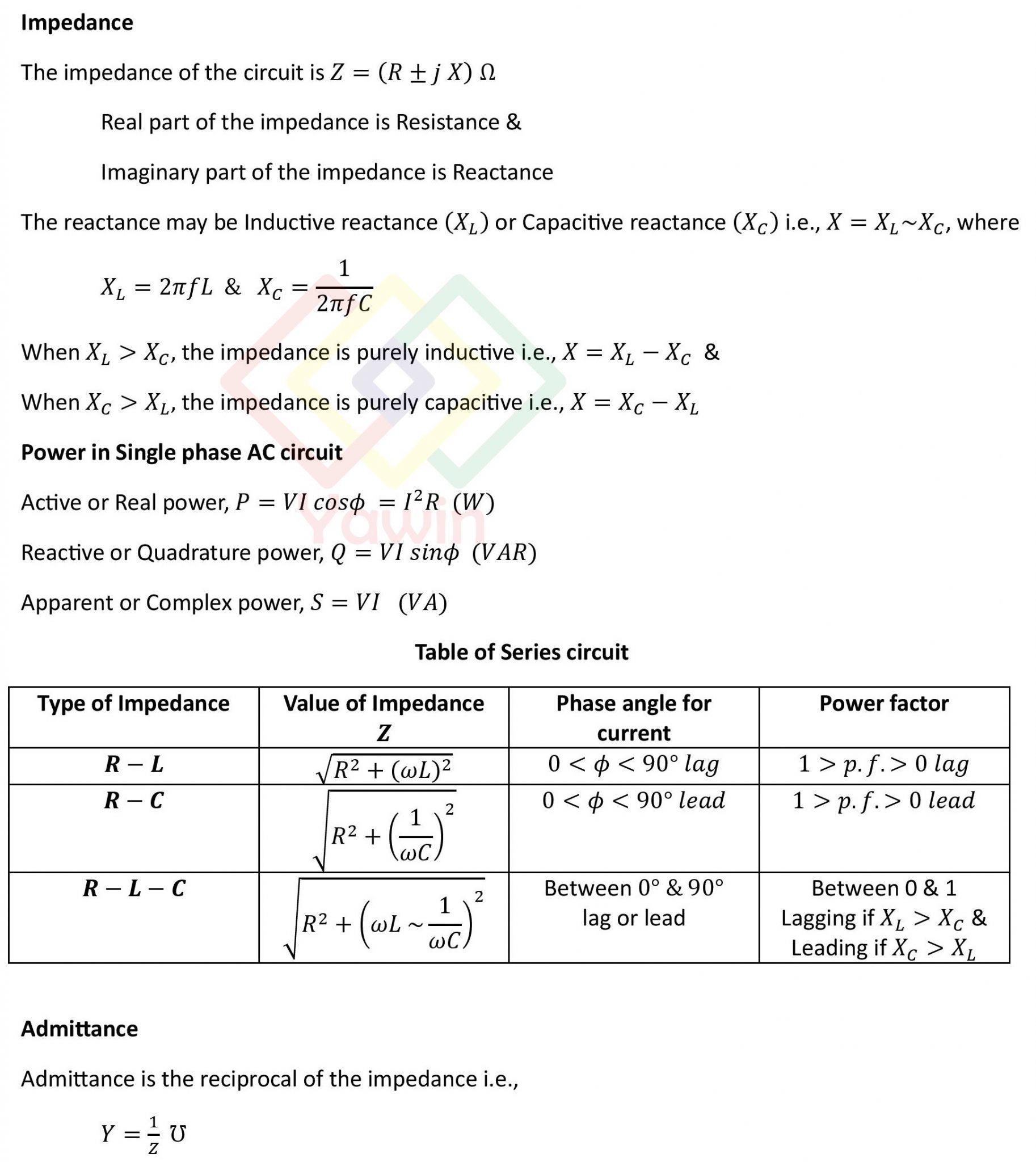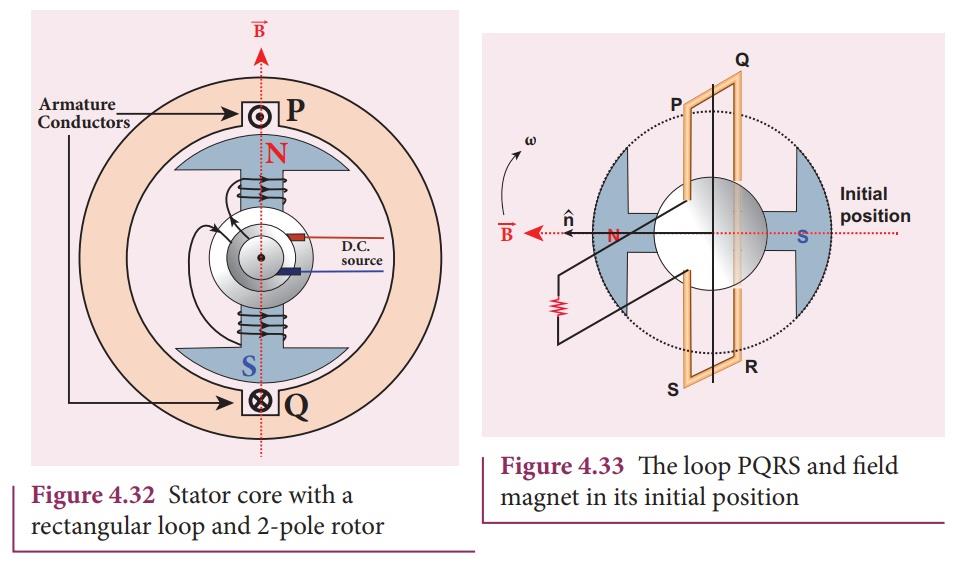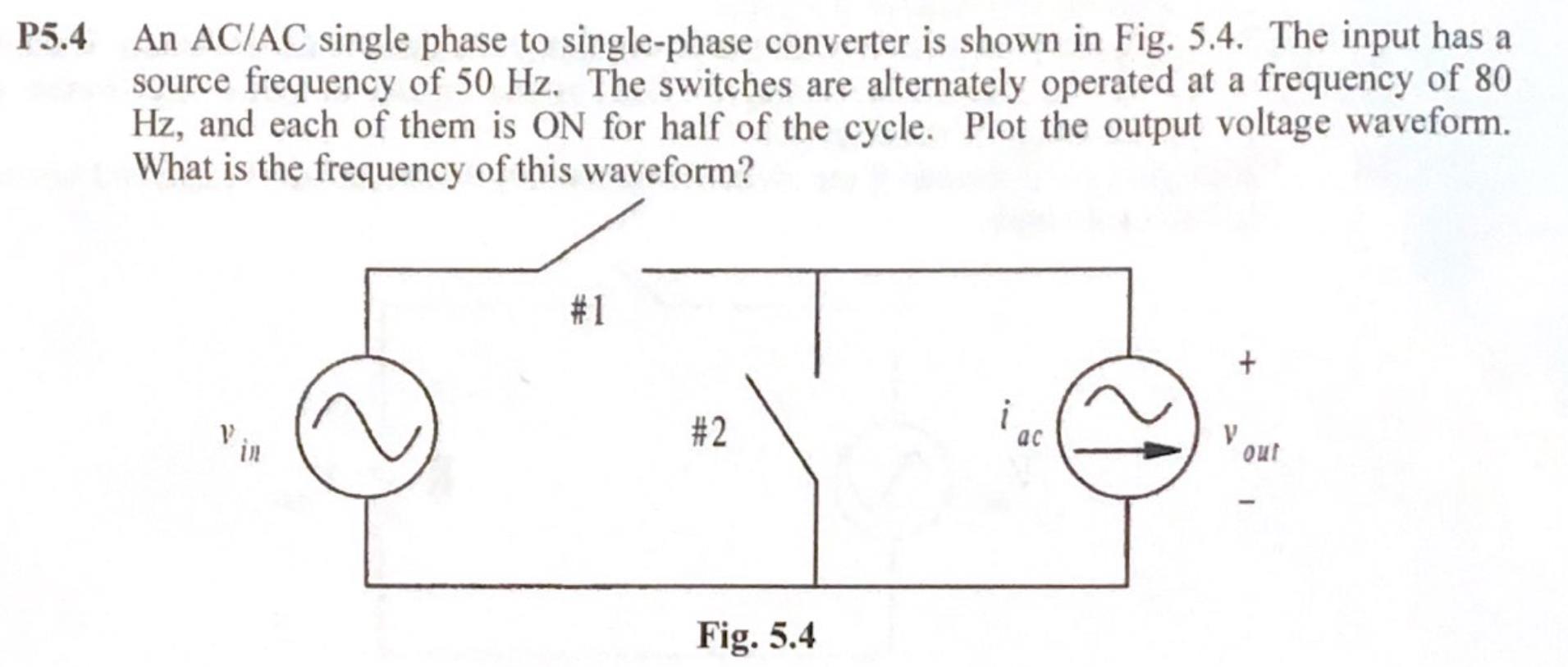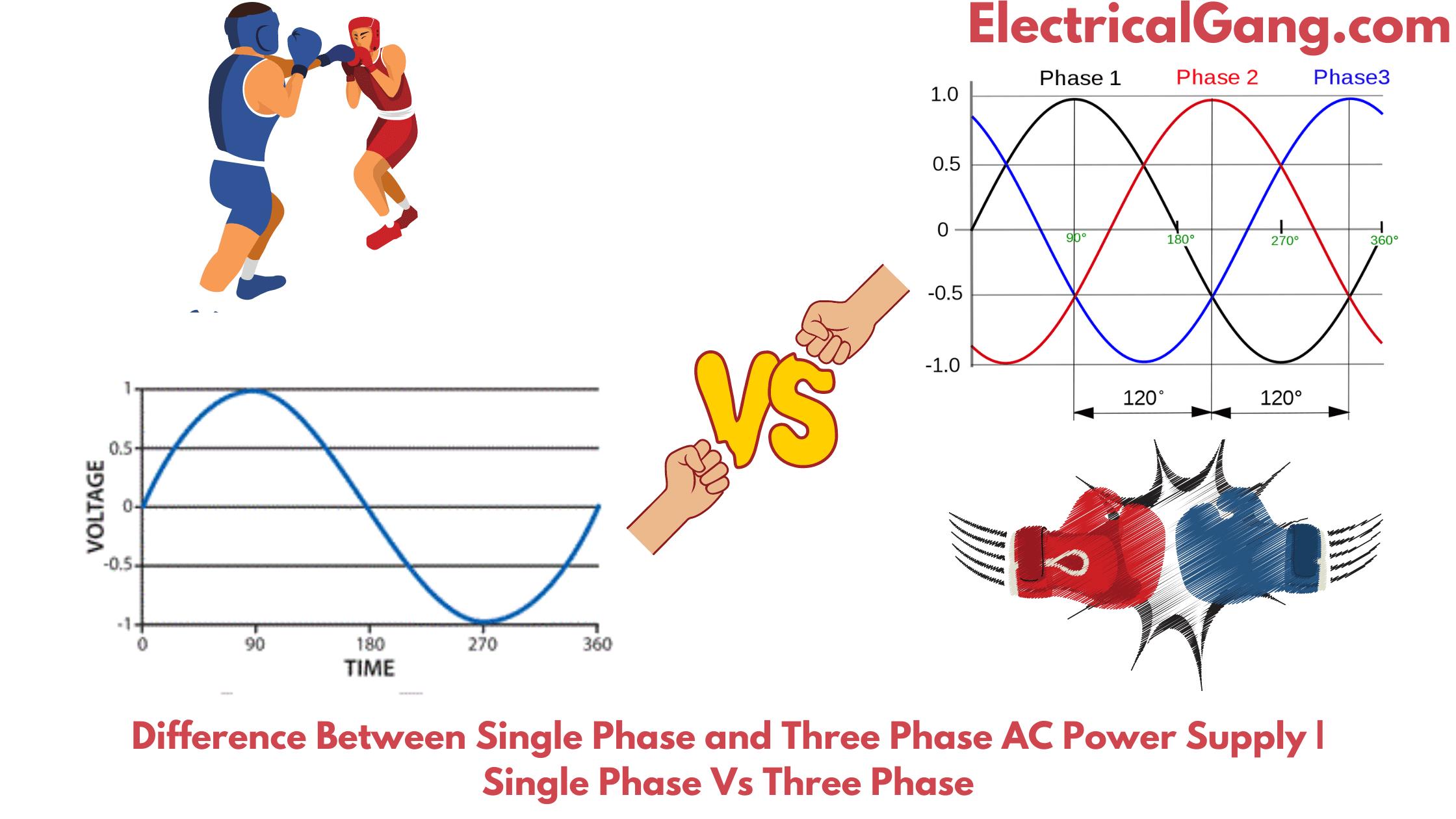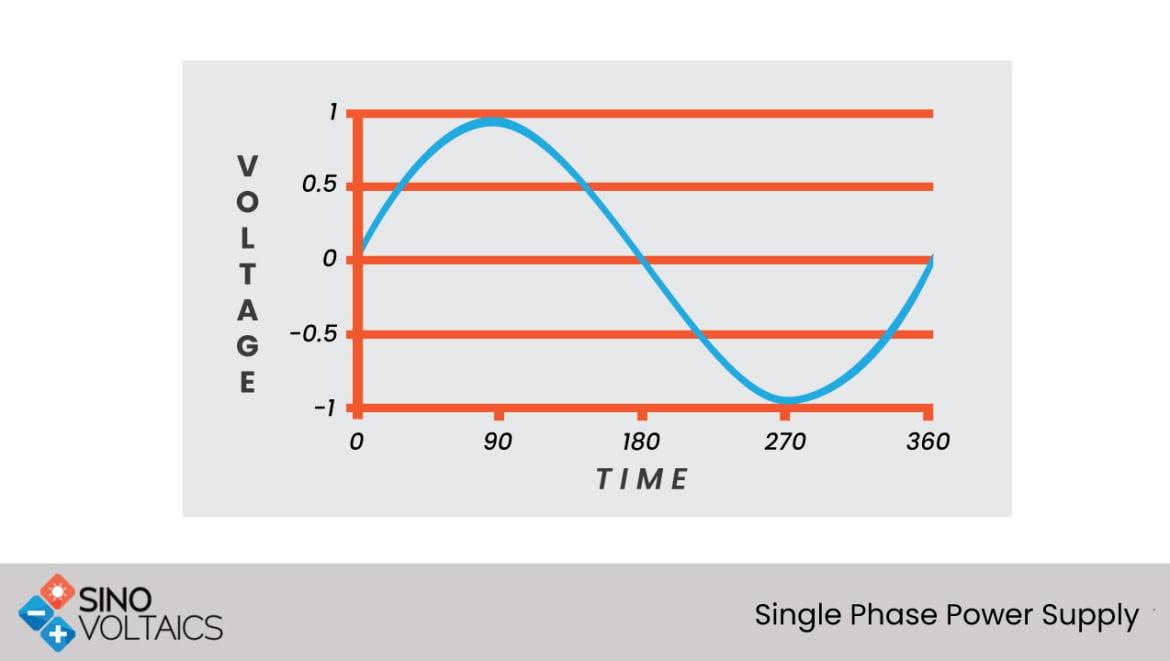You May Also Like :
Unlocking the Mystery of Single-Phase AC Power
1. What is Single-Phase AC, Really?
Ever wondered what powers most of the things in your home? We’re talking about the lights, the refrigerator humming in the corner, maybe even that fancy blender you use (or, ahem, plan to use) every morning. Chances are, it’s all thanks to something called single-phase AC power. Now, that might sound like technical jargon, but fear not! Were here to break it down into bite-sized pieces. Think of it as the friendly neighborhood electrician explaining things over a cup of coffee.
Single-phase AC (Alternating Current) is a type of electrical power where the voltage varies in a sinusoidal pattern. Imagine a wave gently rising and falling; that’s essentially what’s happening with the voltage. This voltage oscillates, or changes direction, a certain number of times per second. In most of the world, this frequency is either 50 Hz (cycles per second) or 60 Hz. So, a 60 Hz single-phase AC power source is flipping its voltage direction 60 times every second! Its like an electrical dance party going on inside your walls.
Unlike its more powerful sibling, three-phase AC, single-phase power uses just one alternating current. This makes it simpler and cheaper to implement, perfect for residential and light commercial applications. Three-phase is typically found in industrial settings powering heavy machinery. Think of single-phase as the reliable family sedan, and three-phase as the heavy-duty truck.
In essence, single-phase AC is the backbone of our homes’ electrical systems, providing the necessary juice to keep our lives comfortable and convenient. Its the unsung hero powering our daily routines, from brewing our morning coffee to keeping the lights on during a late-night movie marathon. It’s the quiet, dependable workhorse of the electrical world. But hey, enough with the metaphors, let’s get a bit more technical.
Delving Deeper
2. The Ins and Outs of Alternating Current
Okay, let’s peek under the hood a bit. “AC” stands for Alternating Current, which means the flow of electrical charge periodically reverses direction. This is in contrast to Direct Current (DC), where the flow is constant, like from a battery. This alternating nature is what makes single-phase AC so versatile. It’s far more efficient to transmit electricity over long distances using AC and then transform it to lower voltages suitable for our homes.
The “single-phase” part means that there is only one sinusoidal voltage waveform. This waveform rises to a peak, falls to zero, reverses direction, rises to a peak in the opposite direction, and then falls back to zero, completing one cycle. This cycle repeats continuously. Think of a swing set, going back and forth in a predictable rhythm. The power delivered is not constant. It pulsates, going to zero twice in each cycle, even though the voltage never goes to zero. This pulsing effect isn’t noticeable in most applications, because of the inertia of the powered devices.
So, what does this voltage actually do? Well, when this alternating voltage is applied to a load, such as a light bulb, it causes electrons to flow back and forth through the filament, generating light. The same principle applies to other electrical devices, though the specific mechanisms may vary. The important thing is that the alternating current allows these devices to operate efficiently and effectively.
The beauty of single-phase AC lies in its simplicity. It requires fewer wires and components than three-phase systems, making it more cost-effective for smaller applications. Its the perfect balance of power and simplicity, tailored for the demands of our everyday lives. It may not be the flashiest power source out there, but it gets the job done reliably, day in and day out.
The Applications of Single-Phase AC
3. From Homes to Small Businesses
So, where exactly do we encounter single-phase AC in our daily lives? As mentioned earlier, its the workhorse of residential electrical systems. It powers everything from your refrigerator to your television, your washing machine to your computer. Basically, if it plugs into a standard wall outlet in your home, it’s likely running on single-phase AC.
Beyond homes, single-phase AC also finds its way into small businesses. Think of small shops, offices, and restaurants. Lighting, computers, small appliances — these all typically rely on single-phase power. Even some light industrial equipment, like small motors and power tools, might utilize single-phase AC, particularly in environments where three-phase power isn’t readily available or cost-effective.
One of the biggest advantages of single-phase AC is its widespread availability. The power grid is designed to deliver single-phase power to almost every home and small business in developed countries. This makes it incredibly convenient and accessible. Its like having a universal electrical language that all our devices understand.
In short, single-phase AC is the unsung hero of our modern world, quietly powering the devices that keep our homes and small businesses running smoothly. From keeping our food cold to entertaining us with our favorite shows, it plays a vital role in our daily lives. It’s easy to take it for granted, but next time you flip a light switch, remember the reliable single-phase AC that’s working behind the scenes.
Single-Phase vs. Three-Phase
4. Understanding the Differences
While single-phase AC is great for homes and small businesses, it’s not always the best choice for larger industrial applications. That’s where three-phase AC comes in. So, what’s the difference? Imagine single-phase as a single guitarist playing a melody, and three-phase as a band with three guitarists playing in harmony. The three-phase system delivers more consistent power.
Three-phase AC uses three separate AC voltages, each offset by 120 degrees. This creates a more constant power delivery, which is ideal for powering large motors and other heavy-duty equipment. Think of factories with huge machinery, large commercial buildings, and data centers. These environments demand the more robust power delivery of three-phase systems.
Another key difference is the wiring. Single-phase systems typically use two or three wires (a hot wire, a neutral wire, and sometimes a ground wire), while three-phase systems typically use three or four wires. This adds to the complexity and cost of three-phase installations. Thats why its typically reserved for applications that truly need it.
So, the choice between single-phase and three-phase depends on the application. Single-phase is perfect for homes and small businesses where simplicity and cost-effectiveness are key. Three-phase is the go-to choice for industrial and commercial applications where high power and consistent performance are essential. Each has its place in the electrical ecosystem, like different tools in a toolbox. Choosing the right one ensures optimal performance and efficiency.
Common Misconceptions About Single-Phase AC
5. Clearing Up the Confusion
Like any technical topic, single-phase AC is often surrounded by some common misconceptions. Let’s clear up a few of them. One common myth is that single-phase power is inherently “weaker” or “less efficient” than three-phase. While its true that three-phase can deliver more power, single-phase is perfectly efficient for the applications it’s designed for. A blender doesn’t need the raw power of an industrial motor!
Another misconception is that single-phase power is only used in old or outdated electrical systems. This is simply not true. Single-phase remains the standard for residential power in most countries, and its simplicity and affordability make it a practical choice for many applications. Its staying power is a testament to its effectiveness.
Some people also mistakenly believe that all appliances in a home run on the same phase of AC power. While most standard outlets are connected to the same phase, larger appliances like ovens and air conditioners may require a 240V circuit (in North America), which effectively uses two phases combined from the split-phase system to deliver more power. These are still considered single-phase circuits, just with a higher voltage.
By understanding these common misconceptions, we can better appreciate the role and capabilities of single-phase AC. It’s not just some outdated technology; it’s a reliable and efficient power source that continues to be essential in our modern world. It is about choosing the right tool for the job, and single-phase AC does its job remarkably well.
FAQ About Single-Phase AC
6. Your Burning Questions Answered
Still have some lingering questions about single-phase AC? No problem! Here are a few frequently asked questions to help clear things up:
7. Question
Answer: It probably won’t work, and you risk damaging the appliance. Three-phase appliances require a specific three-phase power supply to function correctly. Trying to power them with single-phase AC will likely result in the appliance not starting or running improperly, and could lead to overheating or other electrical problems.
8. Question
Answer: Absolutely, but safety should always be your top priority. Always turn off the power at the breaker before working on any electrical circuits. Use insulated tools and follow all safety guidelines. If you’re not comfortable working with electricity, it’s always best to hire a qualified electrician.
9. Question
Answer: Yes, you can, but it usually requires a special device called a rotary phase converter or a static phase converter. These converters essentially create a simulated three-phase power supply from a single-phase source. However, the converted three-phase power may not be perfectly balanced, and the cost of the converter can be significant. So, it’s generally only done when three-phase power is absolutely necessary and not available directly.
